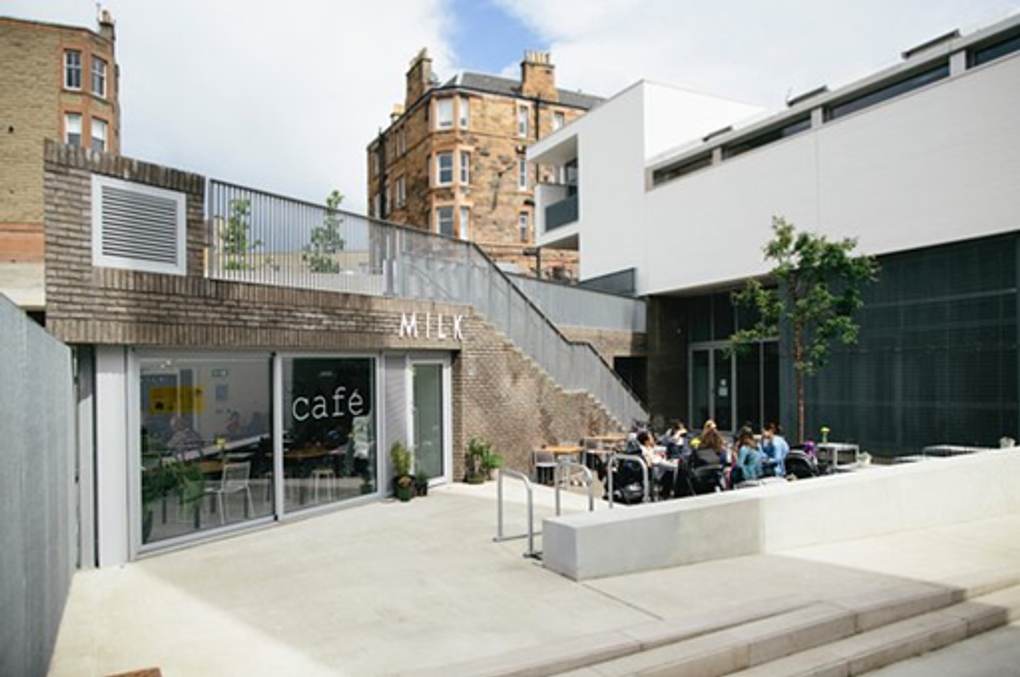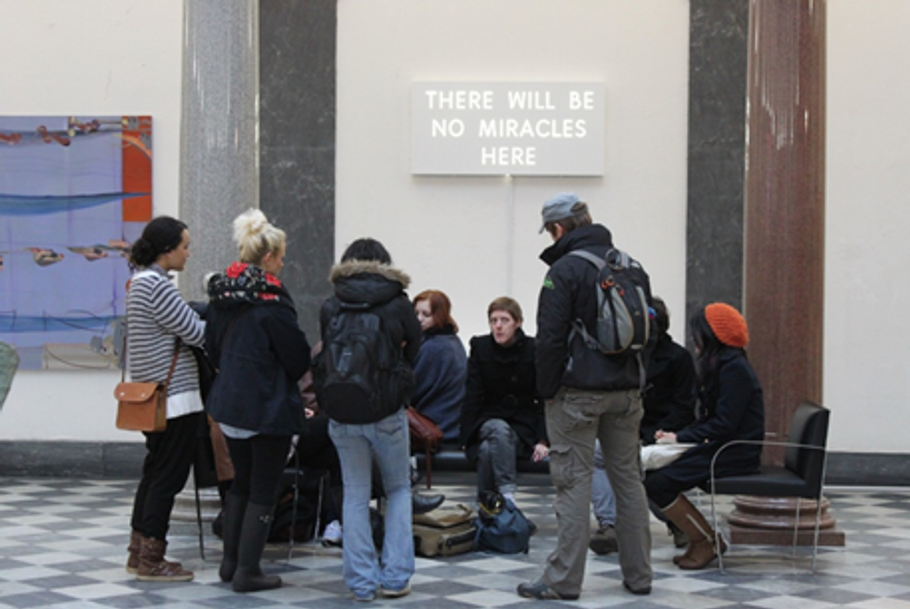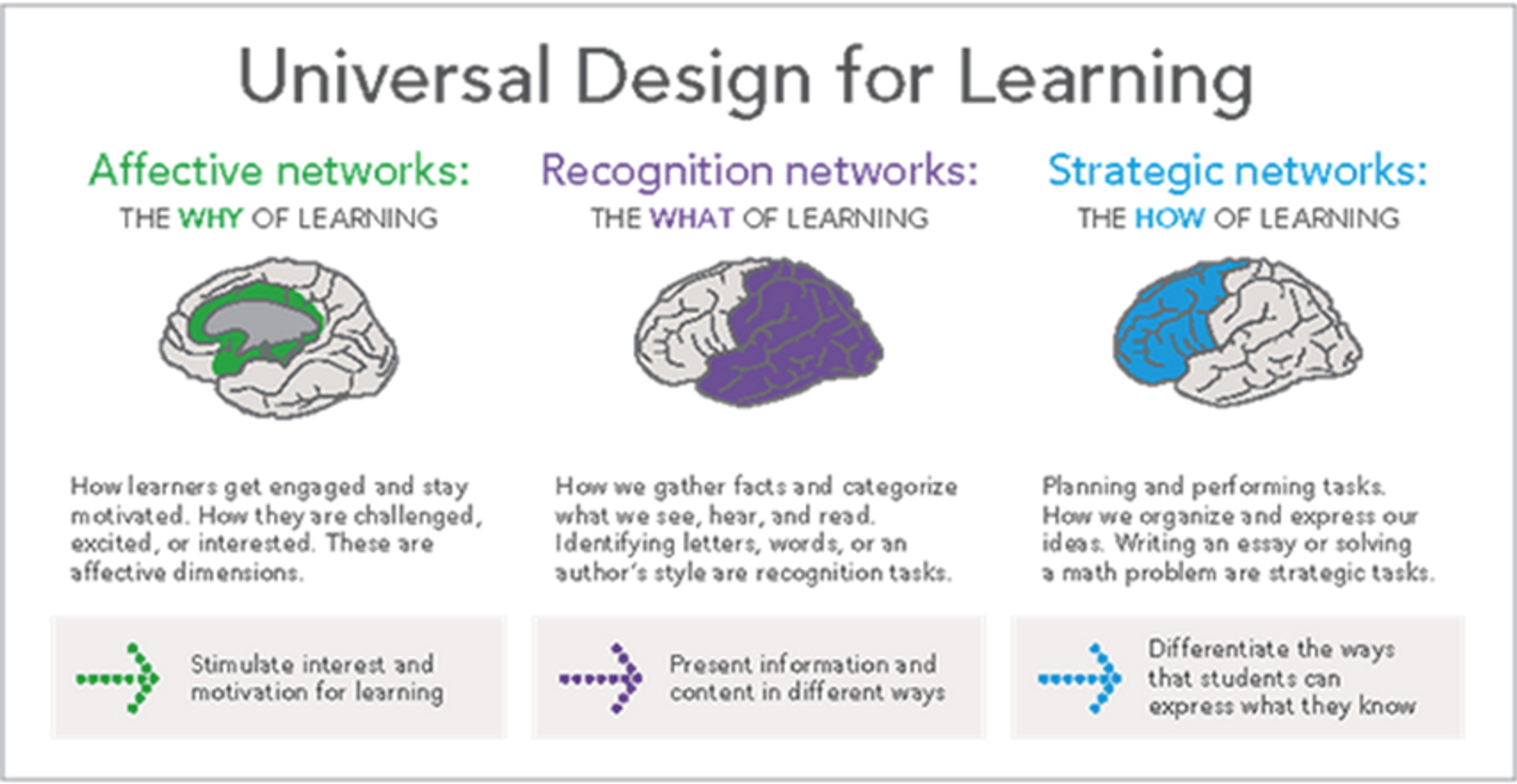Planning for Learners
The Learning Context
This short lecture below by Beth Dynowski discusses the wider critical context for open learning, Open Educational Practices and Open Educational Resources in terms of who produces them and who they are for. The transcript and slides are also available here.
https://media.ed.ac.uk/media/1_gjyo77c0
Your Learning Context
Consider the following as you plan your activity for the Barcamp at Edinburgh Sculpture Workshop in Week 10.

- Where will you be holding your activity?
- Who is it for and why?
- What learning experiences would you like to plan for and why?
- How will you organise the learning experience through time, space, materials, bodies, modes of communication and individual / paired / group activities?
- How, where and with whom do you plan to share what happens?
- What do you need to make this happen?
- How will you know what has been experienced by everyone and what happens next for them?
Site

Edinburgh Sculpture Workshop
What are the practical needs of your learners and how they will be met on site? Consider the effect of the site on the learner, what scene does it set and how and to what extent, if at all, do you want to engage/play with this site?
What is a learner?
Definitions of learning vary widely across and within disciplines. What is a learner? A commonality across a wide range of definitions as a starting point is – ‘…learning is the processing of information derived from experience to update system properties…it is often inferred to have taken place by changes in the (biological, artificial, behavioral or virtual/computational) system’s properties or performance.’ (Barron et al 2015)
With this in mind, a learner could be said to be a person or thing that is processing information derived from their experience which results in some kind of change **to them. This of course is open to being played with/challenged and the concept of information in this context can be expansive/expanded.
A range of learning theories are mapped out here by Richard Millwood (link)
Artistic learning brings with it a range of specifics to consider.
Who are your learners?

This is a useful study on the existing users of OERs. What key characteristics might we sketch out of an ‘open leaner’?
As you come to plan for week 10, do you want to list your activity as ‘open to the public’, specifically design it for certain people outwith your class or something else?
This MA course at Piet Zwart on Experimental Publishing is specifically concerned with creating publics in a post digital context, relevant to this course, and they share their work here (link).
Some examples of publics you might find and/or create:
You and your peers (prosumer needs) Existing local art community Existing ESW audiences Public spaces (chance learners) Public discourse (Jordan) Local needs in schools Local needs in voluntary and third sector Teachers and lecturers across public education Students at state schools and further education Adult learner’s for leisure / lifelong learning Existing local community groups Global online communities / initiatives Young people’s programmes and services
Learning can also apply to machines… (link)
Planning for differences in learners

UDL is a useful simple framework for planning for different learners in a given context. See here. The main principles are to provide multiple ways for learners to 1) engage in the activity, 2) multiple ways of representing your learning material and 3) multiple ways for action and expression of learners within you activity together.
Consider the following in your planning:
- Group size, age and equalities
- Factors affecting the group’s ability to learn
- Prior knowledge/experience of learning in the group
- Personal characteristics, eg motivation, ability, confidence
- Learning needs and support, eg language, dyslexia, autism
- And any other relevant factors for that group should be considered in the profile.
Hosting learners
As well as considering physical access, toilets, safety and comfort (chairs, movement, different places to occupy) etc, bookending activity with clear communication and timing breaks can help with flow.
Consider the following:
Triggers
Timing
Points of contact
Host communication
Group communication / safe space
Documentation / Permissions
Language
Reading abilities
Equalities
Refreshments
Breaks
Names
Background / introductions
Motivations for learning
Expectations for the day
Reflections on the day
Timely follow up
Open Learning & Peeragogy in public
Consider how working with the principle of peeragogy also influences the dynamic when hosting an activity within a public arts space. How might you embed peeragogy within your learning fair design and make those present feel comfortable and confident in this approach?
And in what ways does the framework of ‘open learning’ impact upon the learning experience? Particularly the relationship between what happens and what is shared, how and with whom.
🧠 Short activity

This is a short 5 minutes activity that can give insight into how you relate to others, what stands out for you, and where your blind spots may be.
- Make a list of everyone in your group, write down their names, first to last in the order they come into your head.
- Who comes to mind in what order? Who was left out or did you struggle to remember? Consider the order, why did the people at the top of the list stand out, what are their characteristics as learners, and try to write the same for those nearer the middle and bottom.
- Plan for engaging with the person/s nearer the end of the list and meeting their needs.
————–
Further Reading:
Ruskin School of Art & New York Academy Research Project – Curriculum for Artists (Available at ECA Library)
Joan Middendorf – Decoding the Disciplines
Neil Mulholland – Re-imagining the Art School: Paragogy and Artistic Learning (Available at ECA Library)
Syllabi
Open Syllabus Explorer (A vast project that tracks syllabi around the world, ranking most oft cited text etc.)
Claire Bishop Methods of Art History (New syllabus around what she calls the ‘post-George Floyd’ era)
Art History Teaching Resources (AHTR) (a peer-populated platform for art history teachers with lesson plan examples and OERs.)
Collected Syllabi (Daniel Rourke) and a history of syllabi (via Emma)
William Germano and Kit Nicholls, Syllabus: The Remarkable, Unremarkable Document That Changes Everything (And a review in The New Yorker of this text). (Available at ECA Library)
OERs
Collected Open Educational Resources (This is one I have put together myself, feedback/input welcome.)
data:image/gif;base64,R0lGODlhAQABAIAAAP///wAAACH5BAEAAAAALAAAAAABAAEAAAICRAEAOw==
How can these kind of dumping grounds for OERs and open access ephemera be improved upon for usability?
Self Organised Art Schools
data:image/gif;base64,R0lGODlhAQABAIAAAP///wAAACH5BAEAAAAALAAAAAABAAEAAAICRAEAOw==
Reflections on self-organised art schools (blog entry reflecting on alt art schools and Sam Thorne’s ‘School: A Recent History of Self-Organized Art Education’)
Alongside the 5 on reading list for the course these texts offer further critical perspectives to inform teaching and learning:
Eds. Aeron Bergman, Alejandra Salinas, Irena Borić – Forms of Education: Couldn’t Get a Sense of It (Available in ECA Library) Aeron Bergman, Alejandra Salinas – Telepathy 传心术 (2018) by INCA Press Open Editions
– Politics of Study October Issue Special on the Whitney Independent Study Programme John Beck and Matthew Cornford
– The Art School and the Culture Shed (Full text available) Stephen Brookfield – Becoming a Critically Reflective Teacher